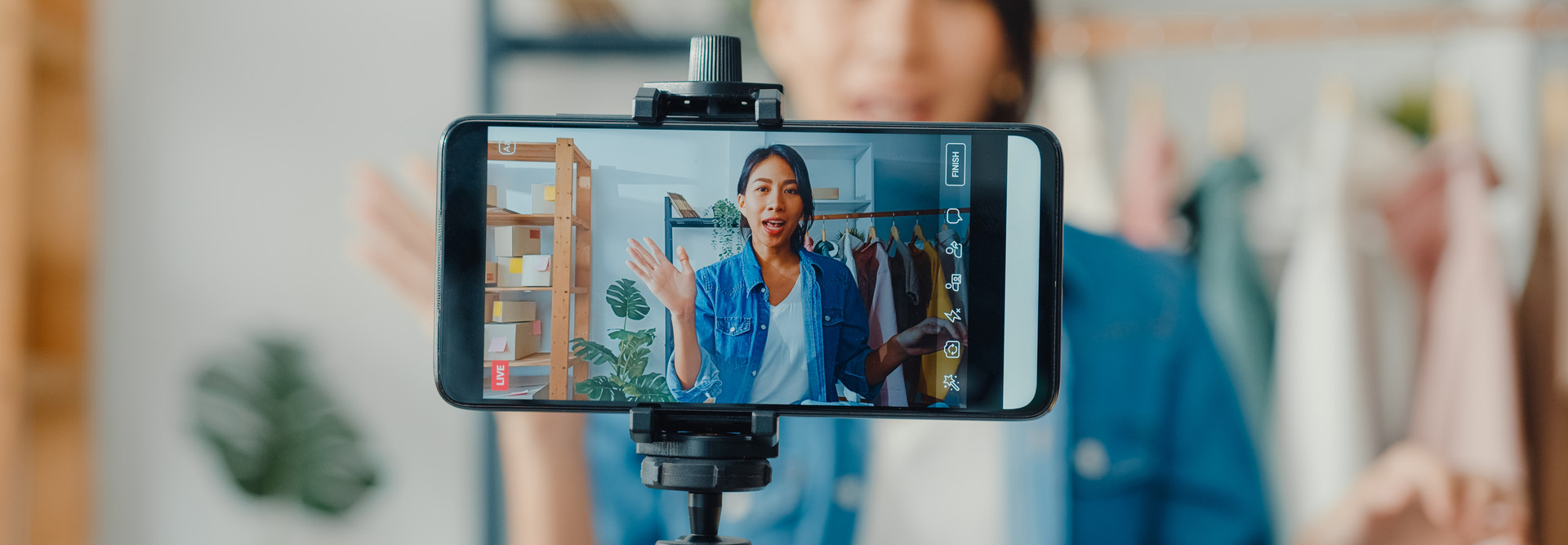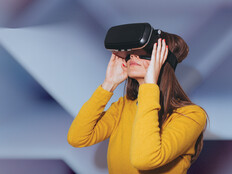What Are the Basics of a Streaming Setup?
At its core, a streaming setup needs four things:
- A modern computer capable of delivering live video
- A camera
- A microphone
- A fast internet connection that prioritizes both uploads and downloads
Of course, it’s not necessarily limited to those four things, and the context may differ based on your goals. For example, if you’re producing a podcast, sound dampening becomes an important consideration.
You may need mounting equipment for cameras and microphones, to ensure your equipment is properly positioned when recording. Your setup may also require capture equipment that can feed in video from another source over industry-standard video technologies such as HDMI and DisplayPort. For example, the content from a video game console might be an important element of esports streaming.
LEARN MORE: Find out how livestreaming helped professional sports leagues during the pandemic.
Streaming Setup: Back-End Considerations
In building a strong livestreaming platform, it’s important to consider the quality of the connection and the underlying technology that’s used to manage the livestream.
During the early months of the pandemic, for example, Zoom became a popular choice for livestreaming. And tools you already use can be integrated into livestreams. For example, with plug-ins that use the Network Device Interface standard, Adobe’s Premiere Pro video editing tool can be integrated with Zoom to allow professional live video editing in real time.
If your goal is to use a hosted infrastructure to distribute video, resources on Amazon Web Services, Microsoft Azure and other cloud services can be important to making that work. An outside eye, such as that offered by CDW AmplifiedTM services, can help you figure out what makes the most sense for your needs.
MORE FROM BIZTECH: Learn how to prevent bottlenecks in your infrastructure.
DSLR vs. Webcam for Streaming Video
The camera you use can greatly affect the quality of your stream, so it’s a good area to invest if you have the budget. While your laptop’s built-in webcam may be able to do the job, it probably won’t have the fidelity of an external webcam, a high-end digital camera or even a smartphone.
A high-end streamer may prefer a high-end digital camera, such as a digital single-lens reflex camera (DSLR) or a mirrorless digital camera. Their quality is often significantly better than a webcam can produce, due to the generally wider options for use of camera lenses and increased capabilities of the camera’s shutter. Even smartphones, which often have better cameras than many webcams, can pale in comparison to a moderately priced DSLR (though artificial intelligence has helped close the gap). When professionalism is the goal, a high-end camera, such as those made by Canon, might be the best option.
However, DSLRs often require proprietary software to use in streaming contexts, some of which may not work on every platform. This is an area where webcams shine. More traditional webcams have grown increasingly capable in recent years; for example, Logitech’s Brio camera can provide 4K images. While higher-end cameras can capture more, they may not be the right option for a more complex streaming setup in a studio setting.
Click the banner below to receive exclusive cloud content when you register as an Insider.











